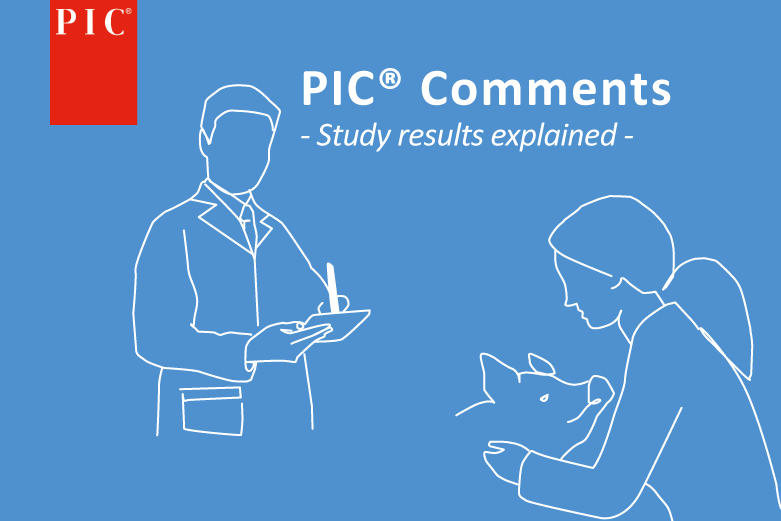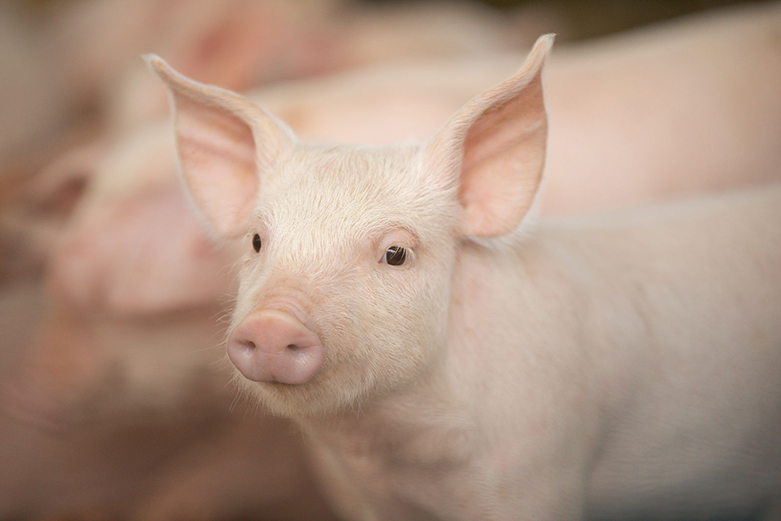
Banks Baker, PIC Global Director of Product Sustainability
Historically, corporate carbon-reduction strategies haven’t looked to genetic innovations as a viable Scope 3 reduction opportunity; but it is one of the most important considerations for improving the sustainability of livestock production.
Investors, governments, and consumers around the world are continuing to challenge corporations to aggressively reduce their environmental footprints. To date, 83 percent of Fortune 500 companies have publicly made climate commitments; and over 5,200 companies use the Science Based Targets initiative as the framework to cut carbon emissions from their supply chains. That leaves many sustainability-driven leaders searching for scientifically sound carbon-intervention strategies to further their company’s environmental goals.
To achieve these ambitious reduction targets, every segment of the value chain needs to work together. We must apply new approaches and technologies that deliver holistic value to create and support a sustainable food system.
When it comes to protein production, that means raising healthier animals using fewer resources; and it starts with improved animal genetics.
Agriculture as part of the solution
I have been a student of agriculture for most of my life and continue to be fascinated by its unique complexities. I’ve worked on and managed a variety of farms and ranches across the United States — all with the goal of improving environmental outcomes with protein production.
I also established a regenerative agriculture research department for a private foundation, attempting to quantify the holistic impacts of differing agriculture production systems. Eventually, I accepted a role at McDonald’s Corporation — where I led protein sustainability for the US business. In that role, I was responsible for animal health and welfare programs — implementing US antibiotics policies and greenhouse gas (GHG) reduction strategies specific to the protein supply chain.
My experience provides me with a firsthand account of the pressure agriculture is facing and the solutions we need to address them. While searching for practical and feasible solutions for carbon reductions, I believe we’ve overlooked and undervalued the role advanced livestock genetics play in creating a more sustainable food system.
That’s why my employer, Genus PLC, is working to prove advanced livestock genetics are an important tool to reduce GHG emissions and deliver other environmental benefits. Genus provides the underlying genetics for pork, beef and dairy cows raised by farmers and ranchers around the world; and we know that sustainable protein production begins with raising healthy animals that can thrive.
The ripple effect of livestock genetics
US pork producers have pledged to reduce GHG emissions by 40 percent by 2030 — an ambitious goal, but one that’s achievable using a combination of on-farm best management practices, land-based conservation practices and advanced livestock genetics. Together, these strategies can yield significant production efficiencies, which translate into carbon reductions and cost savings within the pork supply chain.
Historically, corporate carbon-reduction strategies have not utilized genetic innovations as a viable Scope 3 reduction opportunity; but choosing the right genetics is one of the most important things producers can do to improve the sustainability of livestock production. Healthier pigs require less feed and water over their lifetime and have less need for antibiotic use. PIC is partnering with several third-party researchers on additional studies to quantify these benefits specific to the positive impact of elite genetics on pork production. The initial research results show significant impacts such as reductions in GHG emissions, water use, land use change and the need for antibiotics. This helps pork producers be more resilient and meets the true definition of sustainability by “doing more with less.”
Genetic innovations are easier to monitor, report and verify than some intervention strategies; and it’s more cost-effective to prevent emissions than to sequester them. More importantly, genetic improvements are not limited by geography — they can support sustainability improvements around the world.
Now with new technologies, such as gene editing, we can accelerate these benefits to further ambitious climate goals and consumer expectations faster. I believe gene editing is the future of animal health; it can improve animal welfare while reducing the environmental impact of protein production. It’s a win-win for the entire value chain.
Quantification supports ambitious KPIs and drives real-world reductions
To understand the impact of genetic improvements, PIC is undertaking a Life Cycle Assessment (LCA) — which will quantify environmental benefits, including GHG reductions, associated with the use of our elite genetics. Providing these metrics leads to real, measurable carbon reductions and empowers companies to achieve their climate goals.
PIC’s LCA is the first step. We are partnering with the National Pork Board (NPB) to create a Carbon Reduction Framework that will allow corporations to claim reductions based on the demonstrated use of genetic innovations; this is the first-time genetic improvements will be accounted for in this way. The framework will outline everything that must exist for a corporation to make a claim — including how to quantify, verify and track a reduction within its supply chain.
What does that mean for organizations? Once the Carbon Reduction Framework is complete, retailers, foodservice organizations, and other downstream customers with pork in their supply chains will be able to measure and claim genetically derived carbon reductions as progress toward their climate goals.
Setting the standard for sustainable protein production
PIC and NPB are working to codify the Carbon Reduction Framework; and we value your input. We are searching for partners to help pilot-test the Framework to showcase the measurable carbon-reduction benefits that can be achieved through genetics within a functioning pork supply chain.
If you buy or sell pork, please consider participating in our pilot project. Working together, we can define and set the standard for what sustainable protein production truly looks like. We can create a system for measuring and verifying carbon interventions to support corporate environmental goals. The initial Framework is specific to North American pork production and will be adapted to create a model that can be applied to other protein species — including beef and dairy — then, replicated in other regions around the world.
Working together, we can help make global protein production more sustainable.
This article was originally posted in August 2023 online at Advanced Livestock Genetics Are Making Protein Production More Sustainable | Sustainable Brands




